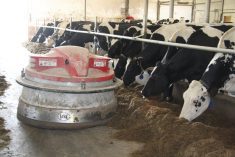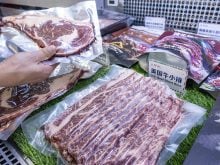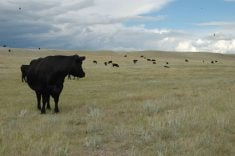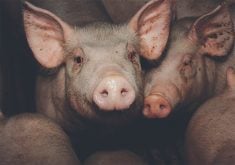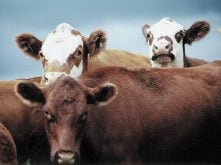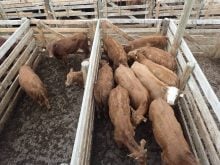RED DEER, Alta. — Canadian live cattle exports to the United States are over the magic million mark.
About 1,200,000 steers, heifers, cows and bulls were exported to the United States in 1993. Steer and heifer exports were up, cow and bull sales were down, said market analyst Anne Dunford of Canfax.
For every 100 Canadian calves born, 43 of them are exported live or shipped as beef outside the country. The U.S. is Canada’s best customer, taking 98 percent of what’s on offer, she said. Half of these exports leave Alberta.
Read Also
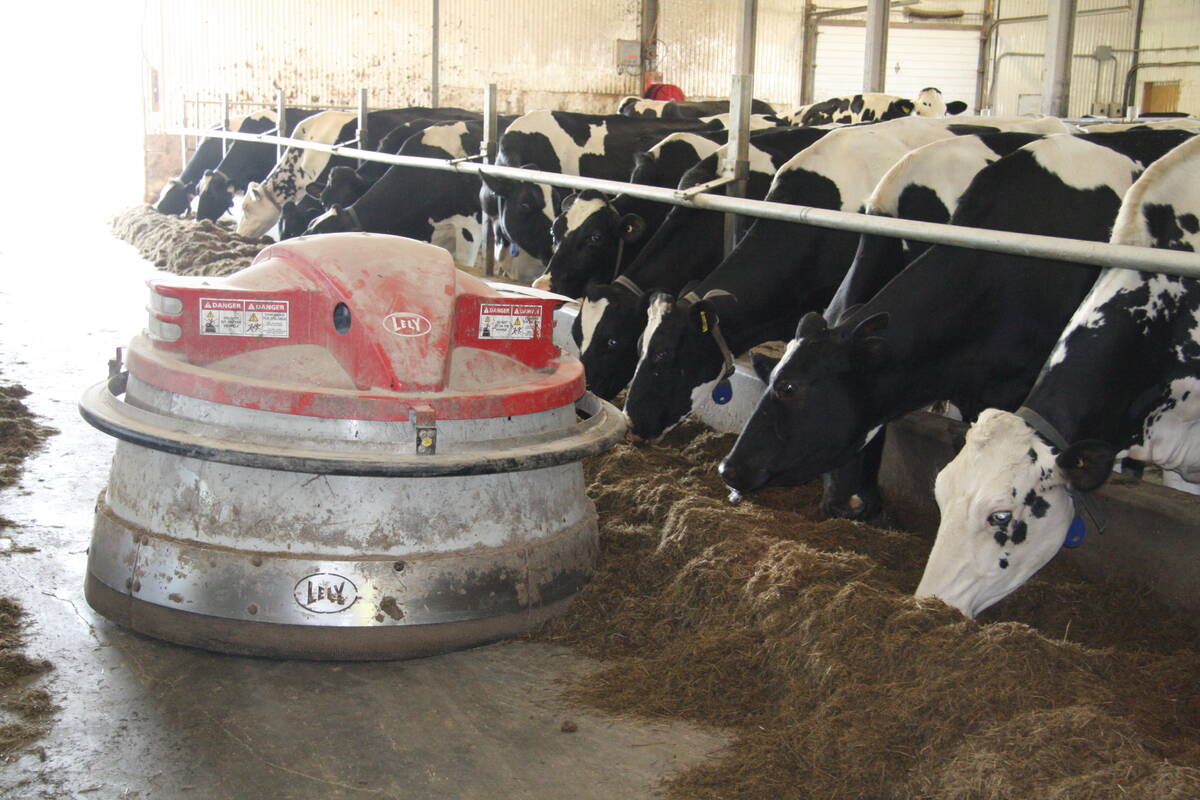
Partnerships, communication key to disease management
Communication and strong, trusted partnerships are key to managing infectious diseases like Foot and Mouth Disease and HPAI.
While those numbers may sound exciting, the fact the American cow herd is expanding could mean lower prices and less demand for Canadian animals in the near future.
During the last couple years the U.S. had a feeder deficit so it drew on calves from Canada and Mexico. As the American cow herd grows, the number of available feeder calves will increase so the U.S. won’t likely need to buy as many from outside the country.
On the other hand, the Americans are stepping up their export programs so that could still hold the door open for Canadians to fill the gaps.
There are some new trends emerging as well.
For starters, more Americans bought Canadian calves and fed them here because of high feed corn prices at home.
In 1993 feeder exports to the states were down by 23 percent from 1992, partly because of cheaper feed costs and a $20 premium that made Canadians prefer to hold calves. In addition, Canada imported 4,000 yearlings and 6,000 calves from Montana in 1993 to fill the pens, said Dunford.
Another trend is that more packers are putting their own calves on feed. Domestically, Alberta feeds 64 percent of the cattle in Canada, up two percent from 1992. And 70 percent of those Alberta cattle are fed south of Calgary.
Of the major feeding areas in North America, Texas is at the top finishing five million head per year, followed by Nebraska and Kansas. Canada as a whole is in fourth place, with Alberta alone ranking seventh.
The average price paid in 1993 for 800-pound steers was $1.05 a pound, a $15 increase over 1992. Calves weighing 500 to 600 pounds averaged $1.27 a lb., an increase of $20 from the previous year.
Fewer animals were slaughtered in 1993. Cow slaughter was down somewhat at 52,000 head killed, the smallest cow cull in history.



